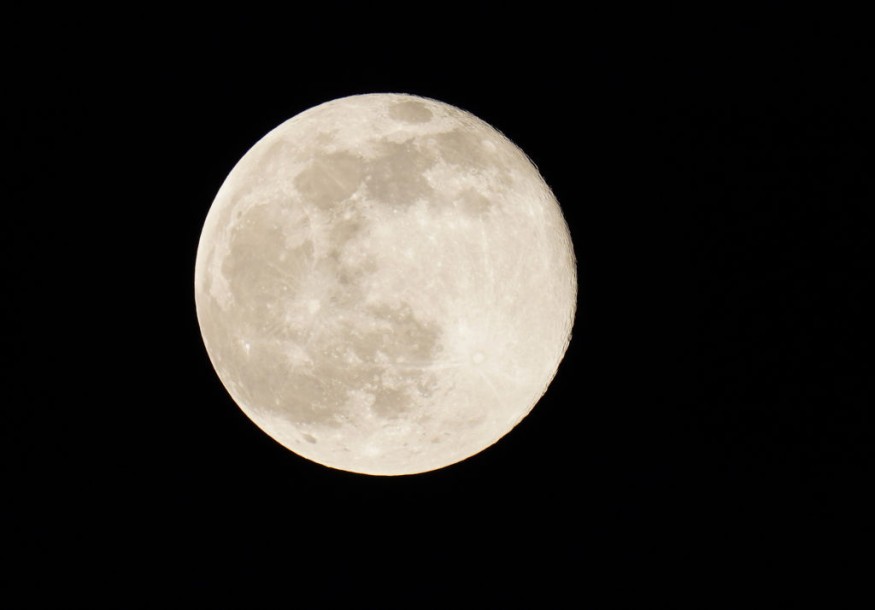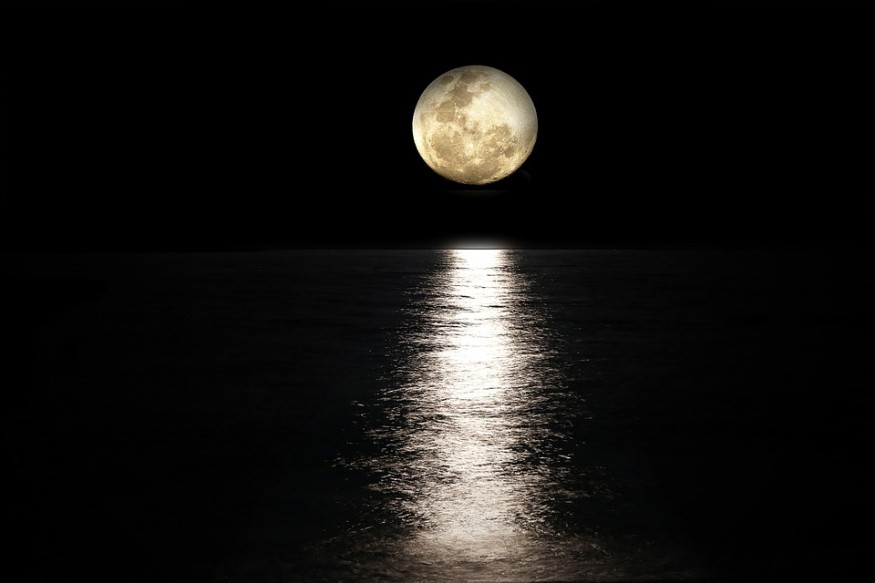This weekend, the Hunter's Moon, the first full moon of the season, will rise. The weekend's full moon may shine so brightly that it creates shadows in the middle of the night.

Full Moon
The sun's light, visible to watchers on Earth when reflected off the lunar surface, illuminates the moon. The lunar phases result from variations in the quantity of sunlight the moon gets as it orbits the Earth. One lunar cycle of the moon lasts around one month.
Since the beginning of fall two weeks ago, one of the first astronomical phenomena of the new season is due to occur over the weekend.
Hunter's Moon

The full Hunter's Moon will be visible in the eastern sky as the sun sets on Sunday, shining throughout the entire crisp autumn night. In regions where clear skies are expected, the moonlight may be so strong that anyone who ventures outdoors could be able to see their shadow.
Every full moon has various nicknames, many of which refer to events that occur during the month it rises, such as the climate or the kinds of flora in bloom. The Hunter's Moon deviates from these conventional naming conventions. Instead, it always follows the full moon that rises closest to the equinox and is permanently tied to the Harvest Moon. This year's Harvest Moon appeared 12 days before the Autumnal Equinox, which fell on September 22.
The Old Farmer's Almanac explained on its website that hunters could easily see the deer and other animals that had come out to root through the leftover scraps (as well as the foxes and wolves that had come out to prey on them) because the farmers had recently cleaned out their fields under the Harvest Moon.
The full moon in October is also known as the Freezing Moon and the Ice Moon because of the colder weather that arrives over North America in October, which may even bring the first frost of the year to certain locations.
Look Up
This weekend, those who go outside to observe the moon will not have to look far to see Jupiter and Saturn.
On Saturday night, Jupiter, now brighter than any star in the sky, will be seen near the moon. The same area of the sky will also be home to Saturn, which will be visible to the right of Jupiter at a distance roughly equivalent to two outstretched hands held at arm's length.
The height of the Orionid meteor shower is when skygazers should be on the lookout for shooting stars. Even while the Orionid meteor shower doesn't reach its peak until the night of October 20 and early morning of October 21, some meteors connected to the event have already begun to flash through the night sky. On average, less than five meteors per hour are being observed, but activity will progressively go up before peak night later this month.
Related Article : Is the Moon Bigger? Chances are You're Witnessing a Supermoon
For more Space news, don't forget to follow Nature World News!
© 2026 NatureWorldNews.com All rights reserved. Do not reproduce without permission.





